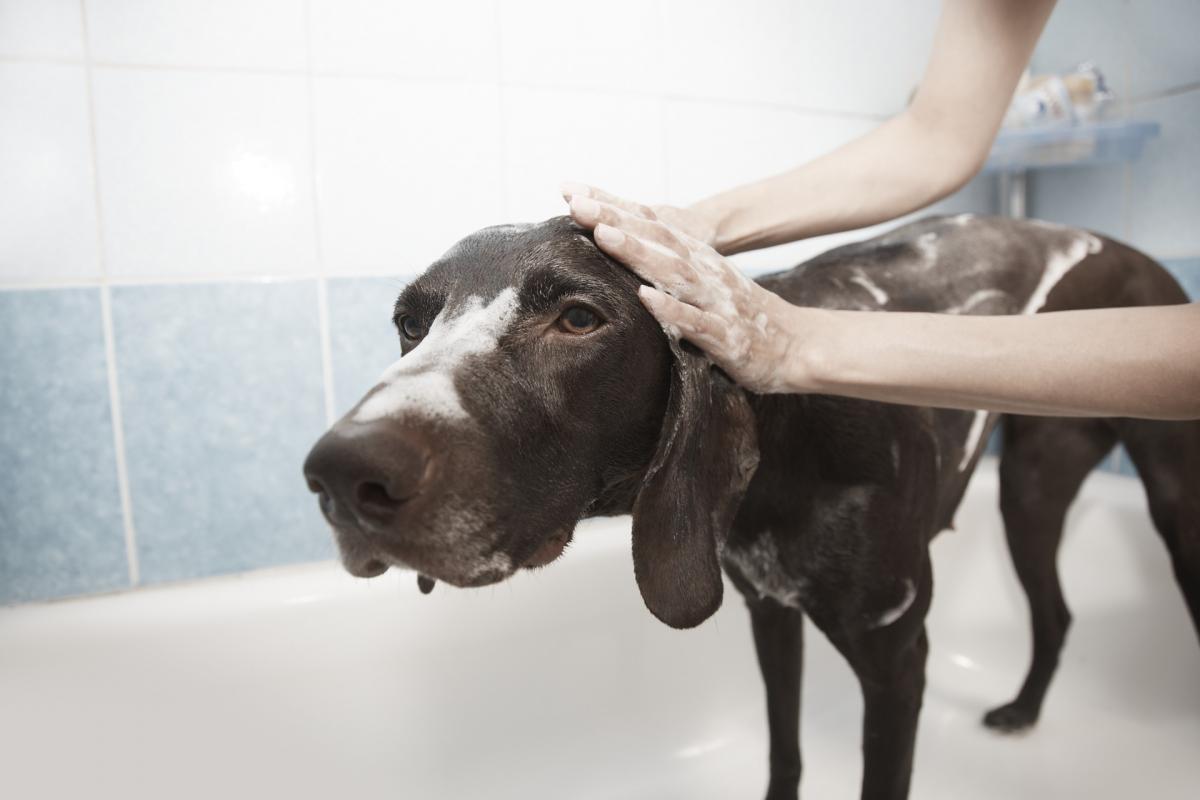Spread of allergen in environments

Spread of allergen in environments
The pandemic has led to many more dogs in society - a joy for all new dog-owning families. The spread of allergens has therefore become an even more important issue than before and many have asked us about the problem with the spread of allergens in environments.
We have drawn attention to two studies and dissertations that shed light on the subject of allergens in environments. Below you will find short interesting extracts from them and their conclusions translated into Swedish. You will also find links to the complete studies that are in English in case you want to delve further.
Allergens in environments: Individual airborne characteristics of dog allergens - A study at Karolinska Institutet 2021
Exposure to dog allergens is almost impossible to avoid as dogs are part of our society and are often encountered both outdoors and indoors. This poses a problem for individuals allergic to dogs, a common condition with reported sensitization rates around 20%. It is therefore crucial to increase our understanding of how dog allergens are spread in the environment and upon exposure through inhalation.
In this study, we aimed for the first time to characterize the five dog allergens Can f 1, 2, 3, 4 and 6 in airborne particles, in terms of concentrations and aerodynamic properties. Sampling was performed in a controlled laboratory environment, with a defined source (dogs) of allergens in a sealed air chamber with adjustable airflow rate and minimal background contamination.
Despite the limited size of the study population, we show that dog allergens are present in a wide range of aerosol particle sizes, from 0.14 to >8.1 μm, each allergen with a distinct particle size distribution.
Particles below 2 μm can to a greater extent reach into the alveolar area of the lungs, which gives a greater potential to act systemically, trigger mast cells and induce allergic reactions.
Our results also indicate that the probability of aerosols from saliva remaining airborne is lower than for particles derived from fur. This would explain why Can f 2, which was present only in the saliva of all four dogs, was detected only in filter samples in negligible amounts and not at all with the other sampling methods.
You will find a link to the study here .
Cat allergen exposure in school - Dissertation by Anne-Sophie Karlsson from Karolinska Institutet 2004
This is about cat allergen and highlights the problem with the spread of allergen in environments, specifically in classrooms.
Cat allergy is the most common allergy among school children in Sweden. Cat allergen is ubiquitous in school premises and other public places and this indirect exposure to cat can cause symptoms among cat sensitized children.
The aim of this thesis was to evaluate sampling methods and allergen avoidance strategies used in this setting. Allergen sampling was conducted in 2 classes of school clothes, 1 class of non-pet owners and 3 control classes over 2 six-week periods using personal air samplers, petri dishes and a clothing sampling roller. Airborne cat allergen levels were 4 to 6 times lower in intervention classes (the classes where measures were taken), compared to control classes (the classes without measures).
For the first time, it has been shown that levels of airborne cat allergen can be reduced by allergen avoidance measures at school, such as the use of separate school uniforms or bans on pet ownership, and that both measures are equally effective. Banning pet ownership appeared less accepted than school uniforms as an intervention measure.
Finally, we examined cat allergen levels in hair from cat owners and non-cat owners. Levels were more than 100 times higher in hair from cat owners compared to non-cat owners. Hair can be an important source of transmission and deposition of cat allergen in schools and may explain why cat allergen is present even in environments with strict allergen avoidance measures.
The results indicate significant exposure to cat allergen at school. Allergens in environments spread through clothing from homes with cats to classrooms. There, the allergen spreads in the air and settles on the clothes of children without cats. Allergen levels in non-cat owners' homes correlate with cat allergen exposure at school.
You will find a link to the thesis here .
This reinforces the importance of laundry and skin care that reduces the presence of the allergens that our animals bring with them

Please read more about Washing of hospital dogs and T test report for allergenius special shampoo as well Tips and advice to reduce allergy problems .








